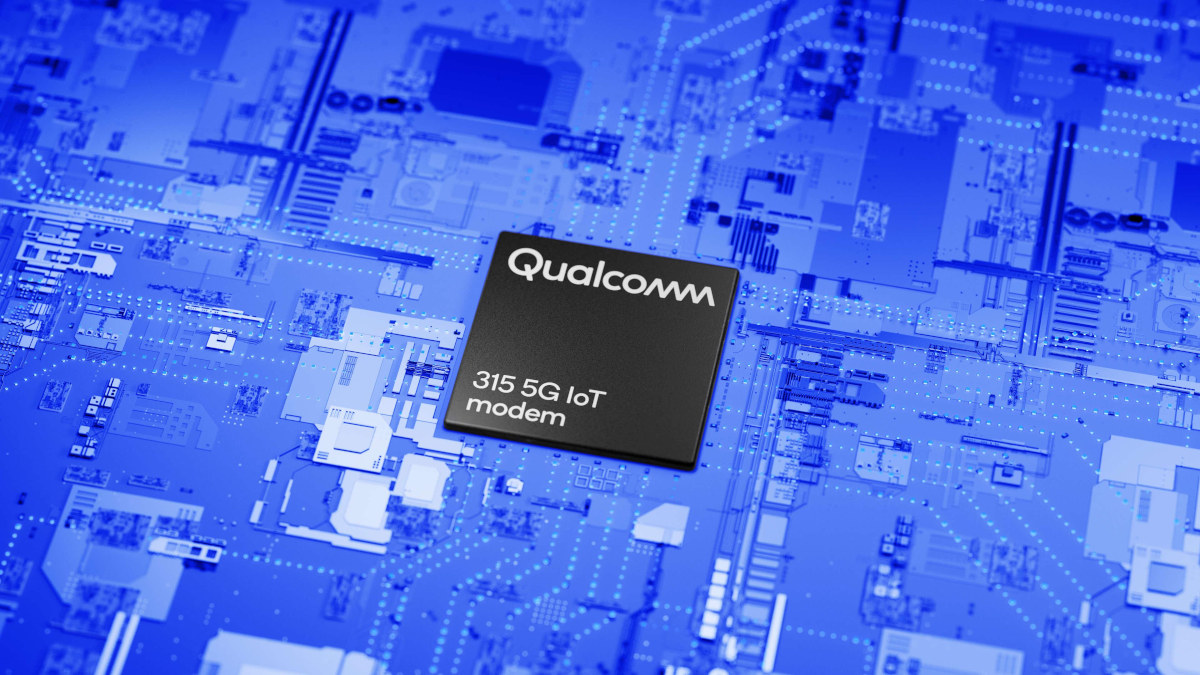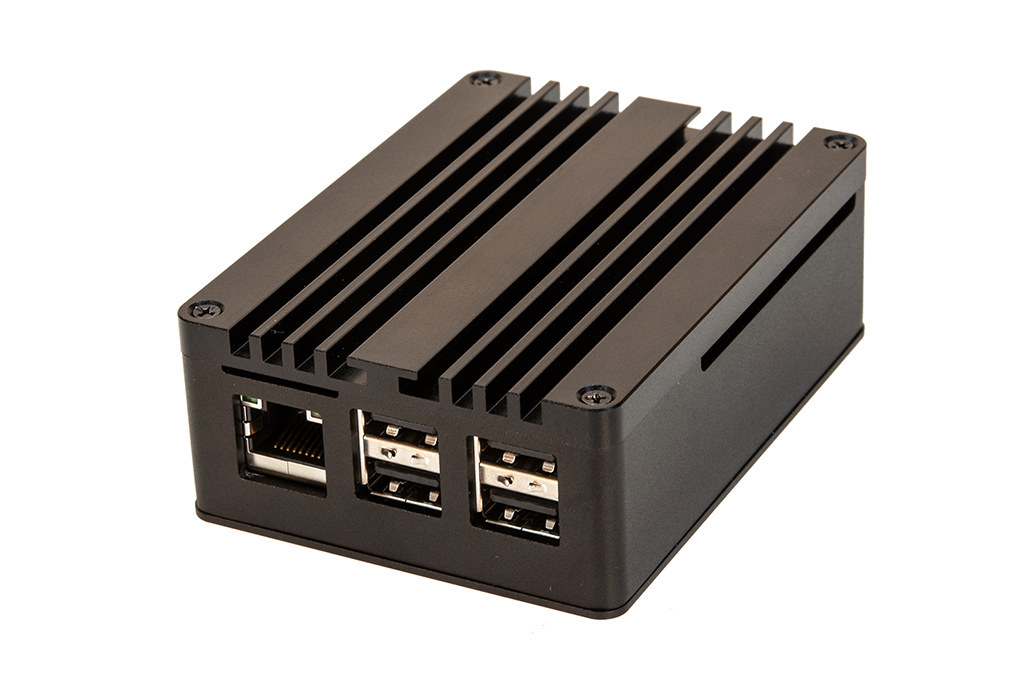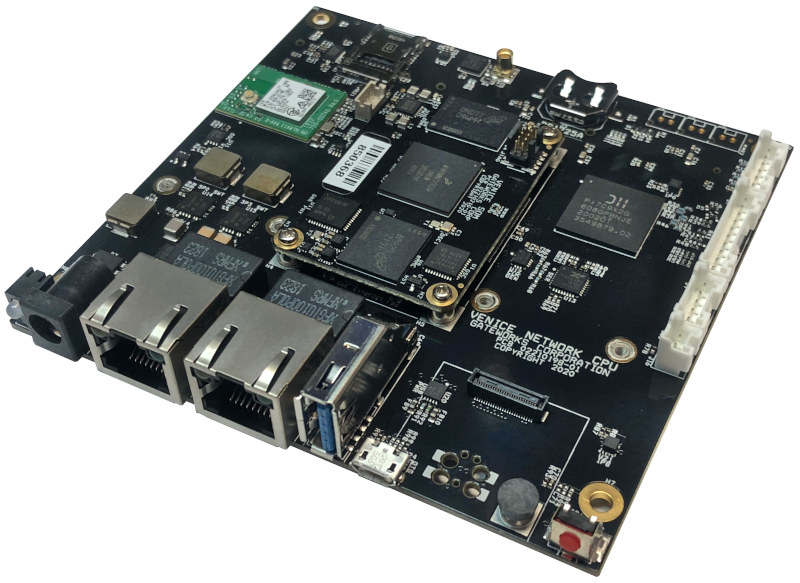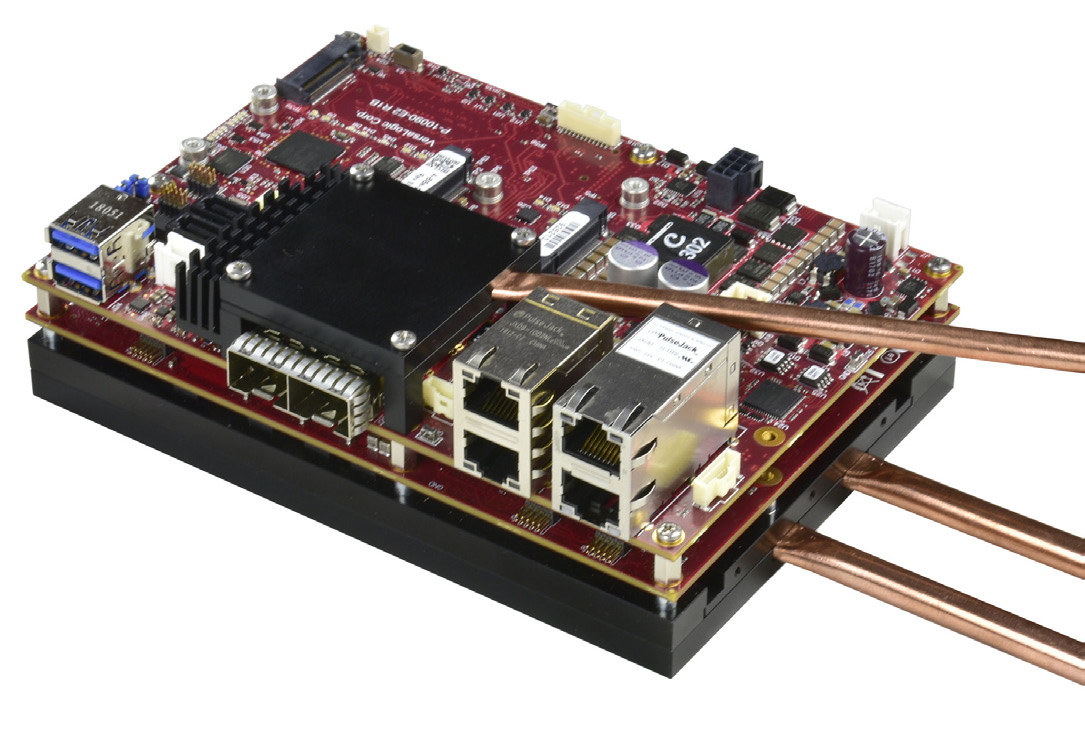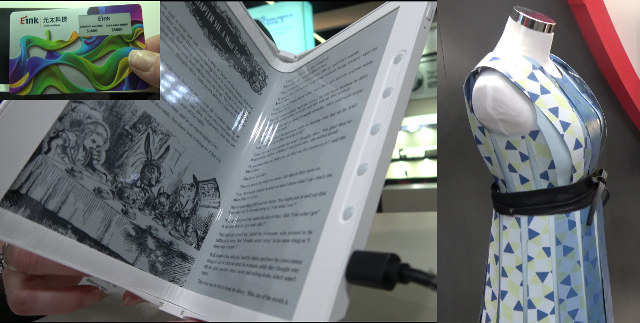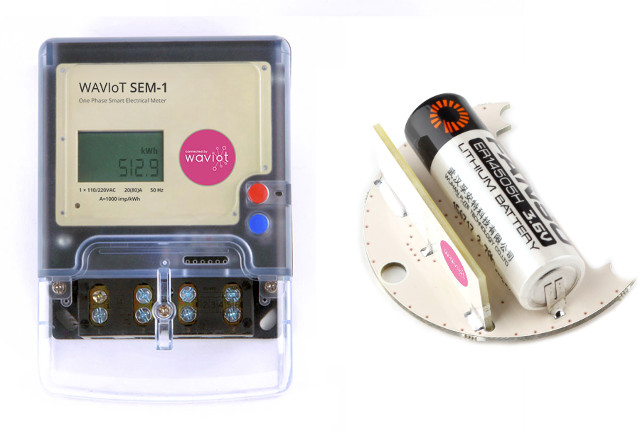Qualcomm has announced the Qualcomm 315 5G IoT modem just a couple of days after the company’s introduction of Snapdragon 778G 5G SoC and M.2 5G card reference designs based on Snapdragon X65/62 modem. Qualcomm Technologies say it is their first purpose-built Internet of Things modem solution equipped with 5G connectivity and optimized for Industrial IoT (IIoT) applications. Qualcomm 315 5G IoT modem Qualcomm 315 5G IoT modem specifications: CPU – Cortex-A7 core running Linux Cellular connectivity 5G Technology – 3GPP Rel.15 5G NR Peak speeds – Download: 1.54 Gbps; upload: 330 Mbps Modes – SA (standalone), TDD & FDD RF – Adaptive antenna tuning, power tracking Sub-6 GHz Specs – 100 MHz bandwidth, 4×4 MIMO DL, 64 QAM DL/UL 4G LTE Technology – Rel.15 Cat.13 DL, Cat.5 UL Peak speeds – Download: 400 Mbps; upload: 75 Mbps LTE Modes – TDD & FDD LTE RF – 700 MHz to […]
SIOT-50 industrial IoT device Integrates ASUS Tinker Board S in rugged enclosure
Stealth is a Canadian company that specializes in rugged displays, computers, and other ruggedized electronics for the industrial, defense, and marine markets. The company published a press release for a new rugged fanless mini PC equipped with a dedicated NVIDIA GeForce graphics card, and older Intel 6th and 7th Generation Core i5, i7 & Xeon processors. But as I browsed their website, I also noticed a compact “industrial IoT device” with a rugged enclosure called SIOT-50 that appeared to be fitted with an off-the-shelf Arm Linux SBC. Let’s look at the SIOT-50 specifications and photos to find out which SBC that may be: SoC – Rockchip RK3288 quad-core Cortex-A17 processor with Arm Mali-T764 GPU, H.264/H.265 video hardware decoder System Memory – 2GB DDR3 Storage – 16GB eMMC flash, MicroSD card slot Video Output – HDMI up to 4K @ 30hz Audio – Realtek ALC4040 audio codec, 3.5mm audio Line Out […]
Gateworks Venice Industrial IoT SBC Family Features Dual Ethernet and mPCIe Sockets
US-based Gateworks is known for its Ventana and Newport embedded networking single board computers, and the company has now introduced a third family with Venice SBC family based on NXP i.MX 8M Mini SoC with support for multimedia capabilities through MIPI-DSI, MIPI-CSI and I2S Audio headers, and targetting industrial IoT with dual Ethernet, and mini PCIe expansion sockets that can be used for 802.11ax/ac/b/g/n WiFi, 5G/4G/3G/CATM1 cellular modems, and more. The company plans to introduce four different models with GW7100, GW7200, GW7300, and GW7400 with an increase in size and feature set for each model, and mechanically compatible with previous Gateworks families. But at launch, only GW7300 SBC is available so we’ll focus our reporting on this particular model. Gateworks GW7300 specifications: SoC – NXP i.MX 8M Mini single, dual or quad-core Arm Cortex-A53 processor @ up to 1.6GHz, with Arm Cortex-M4 at 400+MHz, 3D GPU (OpenGL ES 2.0), 2D […]
STMicro STM32WL Wireless MCU Gets Wireless M-Bus Stack for Smart Meters
STMicro STM32WL was introduced as the world’s first LoRa SoC last year as it combined an STM32L4 Arm Cortex-M4 microcontroller with Semtech SX126x LoRa radio. The company has now partnered with Stackforce to develop a wireless M-Bus (wM-Bus) software stack that leverages the integrated sub-GHz radio and multiple modulation schemes supported by STM32WL microcontrollers. Wireless M-Bus (Wireless Meter Bus) is a wireless protocol specifically designed for remote reading of smart meters, generally gas, water, or electricity meters. The wM-Bus stack developed by Stackforce is said to comply with most of EN 13757-3/-7 specifications from lower to upper layers. The stack notably supports Wireless M-BUS modes S, T and C used throughout Europe in the 868MHz band, as well as the mode N for operation at 169MHz that also happens to be Wize frequency. Stackforce Wireless M-Bus stack for STM32WL also meets requirements for several other metering standards, including the Open […]
Versalogic Grizzly Embedded Server Board is Powered by a 16-Core Intel Atom C3958 Processor
Launched in 2016, Intel Atom Denverton processors are usually found in motherboards for low power servers hosted in data centers as well as in network appliances. But Versalogic Grizzly embedded server board fitted with the 16-core Atom C3958 Denverton processor aims specifically at embedded systems with applications ranging from smart-grid, and smart-city applications, to transportation, security, and defense operations. Versalogic Grizzly (VL-ESU-5070) key features and specifications: Processor – Intel C3958 16-core Denverton server-class processor @ 2.0 GHz System Memory – 4x SO-DIMM sockets for up to 128 GB DDR4 of ECC memory Storage – 2x SATA 3 ports, bootable mSATA socket, bootable M.2 NVMe SSD socket Networking – 2x 10GbE SFP+ ports (copper or fiber), 4x Gigabit Ethernet ports Video output – None, but optional VGA/LVDS mini PCIe card available Audio – No on-board audio, but optional VL-ADR-01 audio interface available USB – 2x USB 3.0 host ports Serial – […]
E-ink Demonstrated a Foldable E-Book Prototype, Color-Changing Clothes, Smartcards and More at Display Week 2017
E-ink is known with their e-paper technology with the same name, that is used in e-book readers and some signage applications, but the company demonstrated some their prototypes and customer’s products at SID’s Display Week in Los Angeles last month, with some capabilities I had not seen before. Some of the notable solutions and products include: 10.2″ foldable e-book reader prototype based on the company’s flexible Carta Mobius plastic display with 220 ppi A dress that can change colors using E-ink Prism film that was made for a fashion exhibition in Japan. A 42″ active matrix E-ink digital signage display Various examples of products based on E-ink such as smartwaches (e.g. Sony FES Watch U), e-book readers, flexible displays… NFC Smartcard with E-ink display that has the same thickness as normal smartcard, but can be used to display account balance, price of last purchased item, etc… QuirkLogic Quilla interactive and […]
FOSDEM 2017 Open Source Meeting Schedule
FOSDEM (Free and Open Source Software Developers’ European Meeting) is a 2-day free event for software developers to meet, share ideas and collaborate that happens on the first week-end of February, meaning it will take place on February 4 & 5, 2017 this year. FOSDEM 2017 will features 608 speakers, 653 events, and 54 tracks, with 6 main tracks namely: Architectures, Building, Cloud, Documentation, Miscellaneous, and Security & Encryption. I won’t be there, but it’s always interesting to look at the schedule, and I made my own virtual schedule focusing especially on talks from “Embedded, mobile and automotive” and “Internet of Things” devrooms. Saturday 4, 2017 11:00 – 11:25 – Does your coffee machine speaks Bocce; Teach your IoT thing to speak Modbus and it will not stop talking, by Yaacov Zamir There are many IoT dashboards out on the web, most will require network connection to a server far […]
WAVIoT LPWAN Technology Powers Low Cost Smart Water and Electricity Meters
With the rise of IoT and M2M applications, more and more Low Power Wide Area Network (LPWAN) standards have been launched or being worked on, such as Sigfox, LoRa, 802.11ah “Hallow”, Weightless, etc… with all promising long range, low power consumption, and support for a high number of nodes. WAVIoT, a US startup founded in 2011, has decided to create its own solution called WAVIoT Nb-Fi (Narrowband Fidelity) that works in ISM bands, offers up to 50km line-of-sight range, supports up to 2 million nodes by gateway, lasts over 20 years on a small battery, and with WAVIoT said to cost as low as $2 per node. The technology is already available in smart electricity and water meters, and modules as shown in the picture below. Here are some of WAVIoT Nb-Fi technical specifications: DBPSK on physical layer of signal transmission; End-nodes transmit radio signal in 10-500 kHz bandwidth Minimum […]


